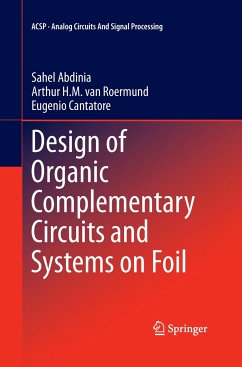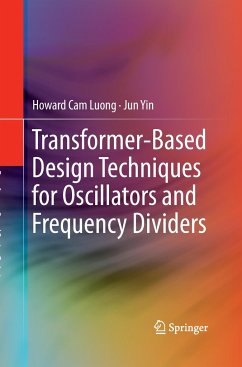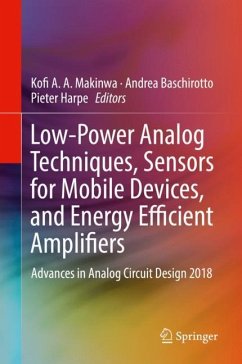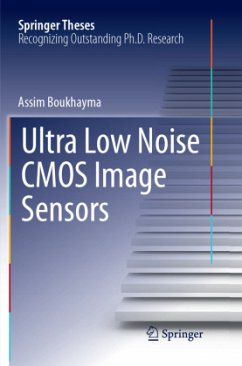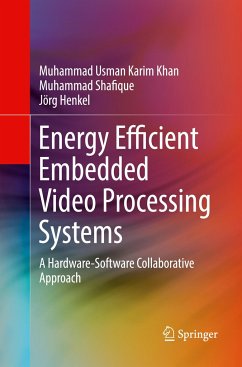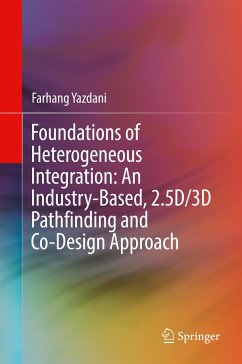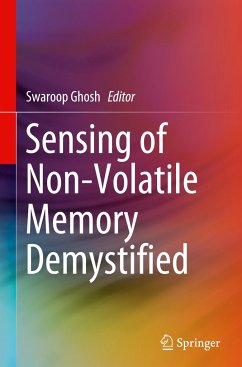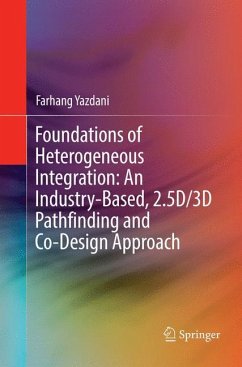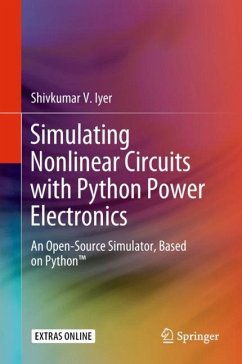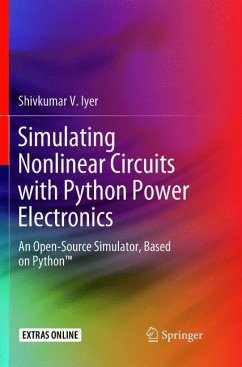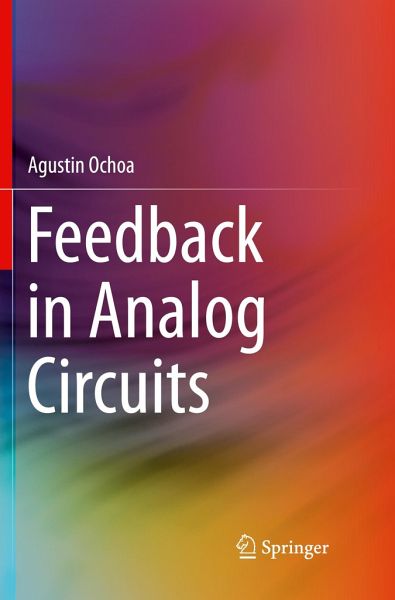
Feedback in Analog Circuits
Versandkostenfrei!
Versandfertig in 6-10 Tagen
65,99 €
inkl. MwSt.
Weitere Ausgaben:

PAYBACK Punkte
33 °P sammeln!
This book describes a consistent and direct methodology to the analysis and design of analog circuits with particular application to circuits containing feedback. The analysis and design of circuits containing feedback is generally presented by either following a series of examples where each circuit is simplified through the use of insight or experience (someone else's), or a complete nodal-matrix analysis generating lots of algebra. Neither of these approaches leads to gaining insight into the design process easily. The author develops a systematic approach to circuit analysis, the Driving P...
This book describes a consistent and direct methodology to the analysis and design of analog circuits with particular application to circuits containing feedback. The analysis and design of circuits containing feedback is generally presented by either following a series of examples where each circuit is simplified through the use of insight or experience (someone else's), or a complete nodal-matrix analysis generating lots of algebra. Neither of these approaches leads to gaining insight into the design process easily. The author develops a systematic approach to circuit analysis, the Driving Point Impedance and Signal Flow Graphs (DPI/SFG) method that does not require a-priori insight to the circuit being considered and results in factored analysis supporting the design function. This approach enables designers to account fully for loading and the bi-directional nature of elements both in the feedback path and in the amplifier itself, properties many times assumed negligible and ignored. Feedback circuits are shown to be directly and completely handled with little more effort than that for open loop designs.
·
Enables deep, functional understanding of feedback in analog circuits;
· Describes a new, systematic approach to circuit analysis using Driving Point Impedance and Signal Flow Graphs (DPI/SFG);
· Includes corrections to both the 'opening the loop' and Bode Return Ratio Methods.
·
Enables deep, functional understanding of feedback in analog circuits;
· Describes a new, systematic approach to circuit analysis using Driving Point Impedance and Signal Flow Graphs (DPI/SFG);
· Includes corrections to both the 'opening the loop' and Bode Return Ratio Methods.



